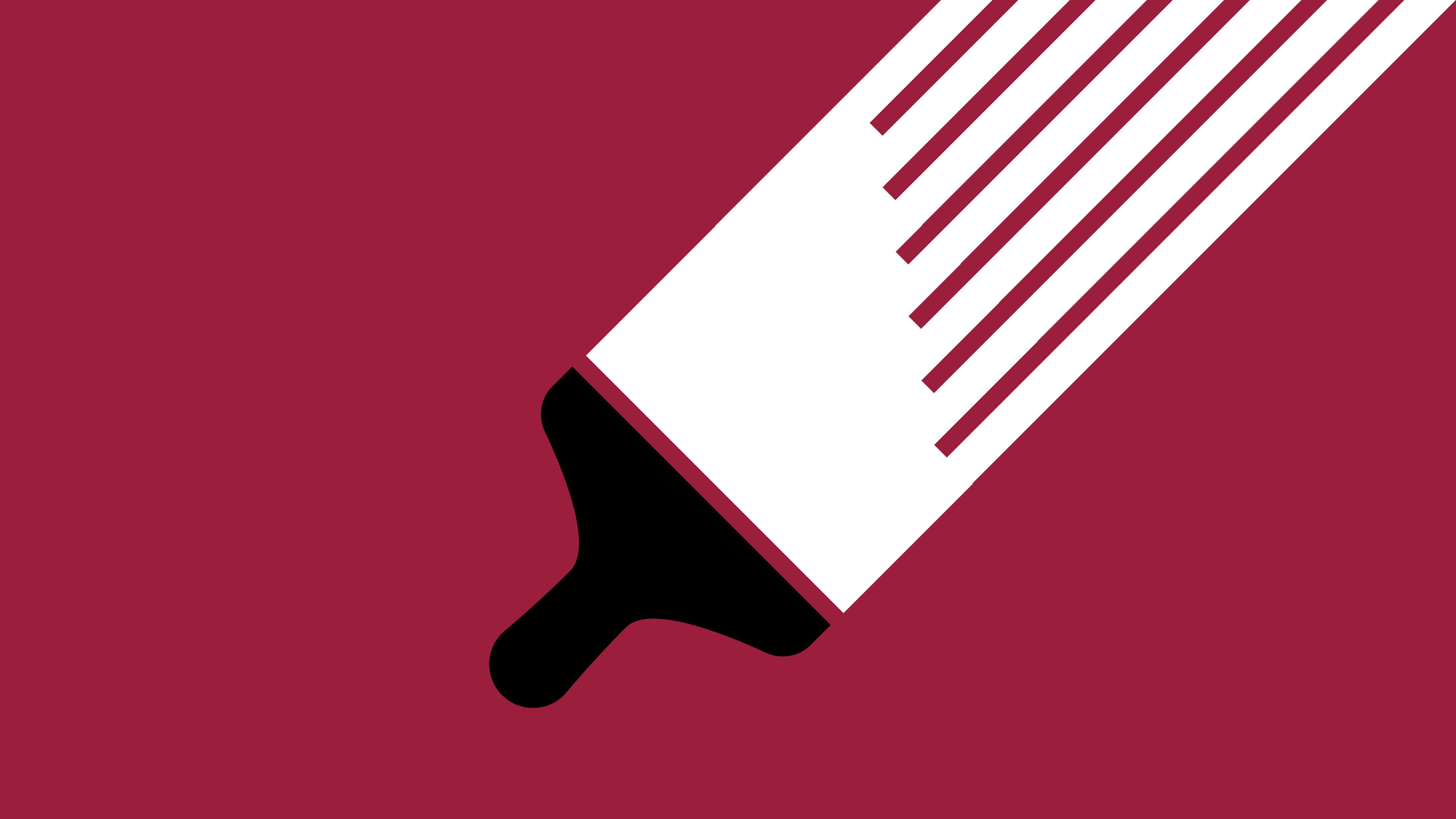- Working in-house vs agency-side as a young designer Ben Gibbs, Freelance
- Benefits of working in-house Annie Nguyen, Freelance
- Feedback loops with external teams Allen Mask, Sonos
- Balancing internal & external teams Allen Mask, Sonos
- Challenges that are unique to the creative space Chris Hardtman, New York Public Radio
Up next...
What I typically do with my designers is make sure that they're going out there, especially with new people coming and going around the organisation, that they're having coffees with folks. In fact, when I bring new people into the org, I set up a 30, 60, 90 day plan for them, and most of the 30 day plan is just figuring out where the files are, look at our sketch libraries, go have coffee with the Programme Director, with the Head of Marketing, go talk to my boss. You should be able to talk to whoever you want to, go have coffee with the CEO, whatever you think makes sense for you to understand this organisation as quickly as possible. For the first 30 days, a lot of designers, and I hear it's all the time, they really want to add value right away, and they are, they will, but to be truly valuable, they need to understand what we're doing. Understand our clients, understand our users, and that takes a lot of time and research.
That's in terms of getting people off the off the ground, but in terms of building a team and understanding what you need, I know people can get really lost with this. I have a process that some people could use as a model for figuring this out. We spend a lot of time with creative output, we're coming up with the design strategy, we have methodologies, principles, we're trying to keep the team on the on the tracks, and I've got multiple projects in place. Now I've got to put some time into thinking about "great, I've got a gift this year, I've got a whole bunch of budget, I can hire more people, so what do we need, and what do we want?" Start to think about it this way, do you truly know your team's capabilities? Even if you do, say you know what everyone does and you understand their majors and minors. Take the time to bring your team into your process and workshop, bring them together and have everyone map out all the things they do, like prototypes, facilitate user research, interviews, we do UI design, we create specs for engineering, map it all out again. You make a list of all these core competencies and then you take the team members, and it takes a little bit of a little motivation to do this, but I think it's a good thing to do for yourself, as well as your other designers. You map out where you are for each of these things, whether it's UI design, or UX, and you start to see, are we a novice here? Map each person to this grid and start to see where are your strengths and weaknesses, and if there are any big gaps on the team? That starts to inform what you may need, and here's the thing, depending on the size of your organisation, you may be lucky enough to have very specialised people in a very narrow area, maybe you have someone who's just doing amazing prototypes all the time to sell to stakeholders or to provide for testing. Well, in an organisation like New York Public Radio, we're really small, and we need folks who are full-stack, but at the same time, having a focus in a particular area, but they still extend beyond one particular major skill design skill set. So what we do is, we use that competency framework that we map out with our team, and we've said "here are the 40 or so things that we want, where are the gaps?" So we've seen maybe there's a whole bunch of gaps on visual design and UI, and it starts to craft a job description for us where we know that there's this human we really need. We'd like them to come in with some of the other stuff too, but if they could really focus in this area, then this would then be an add to the team.
One of the things you might hear about is "cultural fit". We don't believe in cultural fit here because we don't want to keep hiring the same. It's "cultural add", what are they going to add to this place? I'm talking about skill set or personality type. Sometimes design leaders tend to hire the same kind of personality, maybe they're really outgoing, and all their designers are really introverted, think about how much better it'll be when you have someone with a different perspective coming in, different personalities, maybe you need a comedian, think about that too as you start to hire. Then you can take what you've created based on that competency matrix or framework, you build the job description, and then to keep yourself on track, you take those skills or those competencies, and put them into what we call a skills matrix for hiring, and everyone should grade all of the candidates based on that criteria.
I think we were hiring people who are very specific to a domain or discipline a decade ago, whereas now, because we need people to flex, and I think people want to flex outside of what they're used to, and they want to grow and learn, so are you hiring people with the capacity to want to learn? Who want to grow? You should make sure that you've got questions in mind to figure that out, or other ways to figure that out, and you bring those folks in. I think those people are actually the most valuable to a team, the ones who are most willing to take chances and again, I think that's a style thing, I tend to like people who can put on an innovation cap, and think outside of how they typically work today. What's even more phenomenal them coming into an organisation, see how people are working, and then make suggestions on improving that, I think that's really important as well.

